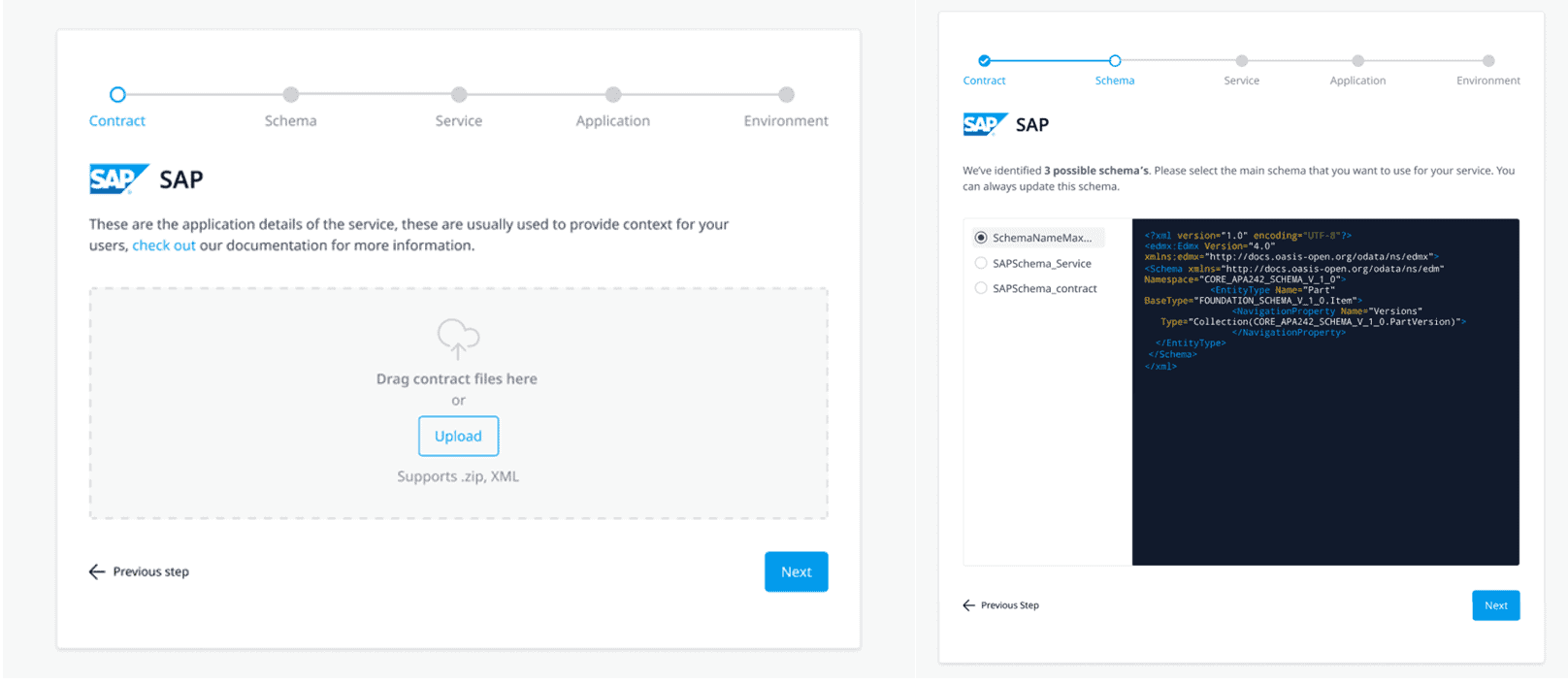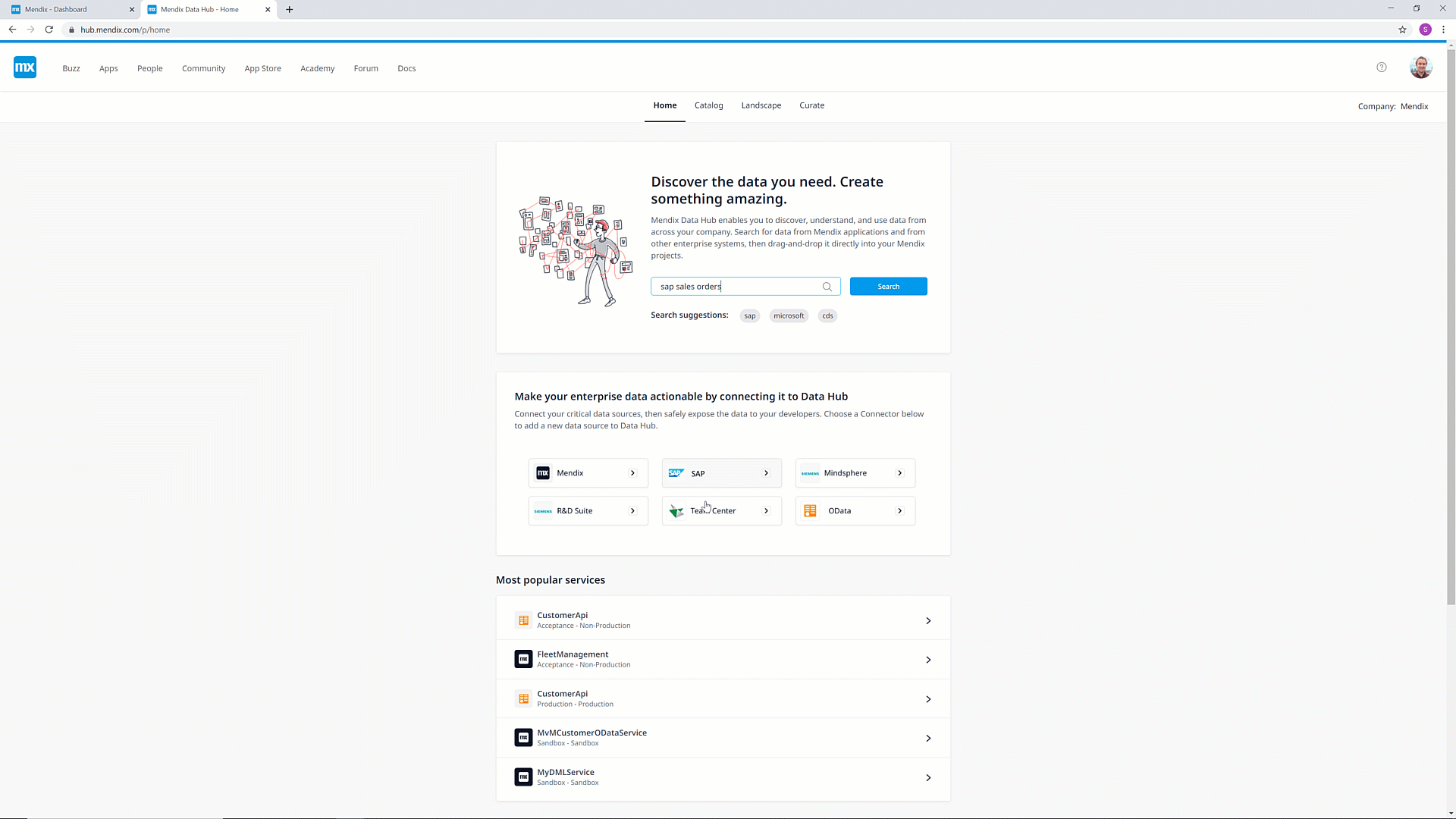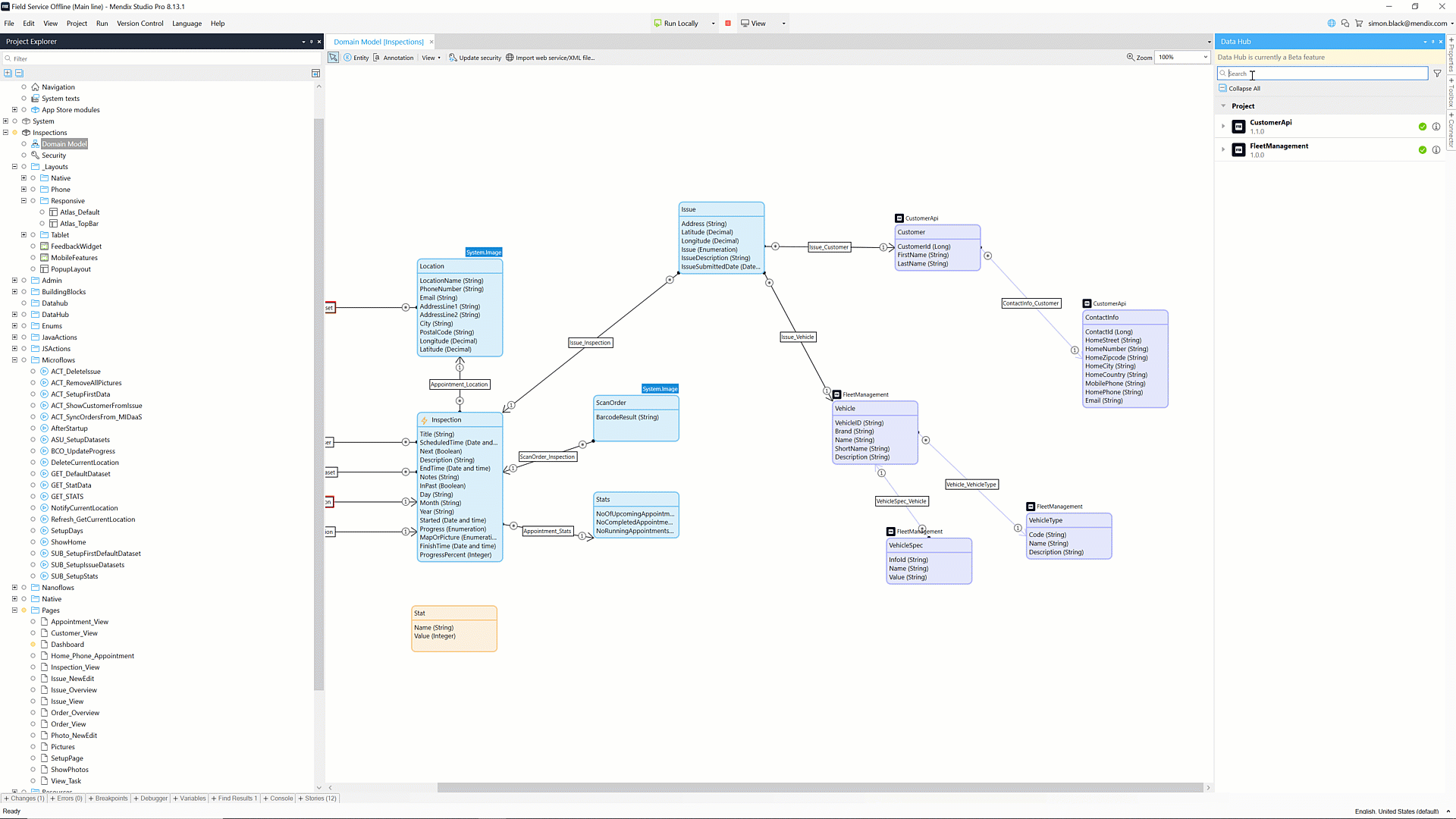The world has woken up to low-code.
Only a decade and a half old, low-code has matured greatly in the past few years. It’s being used across a wide range of industries, in organizations of all sizes, and for mission-critical, enterprise-grade software.
Just look at these numbers from Gartner:
- By 2024, low-code application development will be responsible for more than 65% of application activity.
- By 2023, there will be at least four times more active citizen developers than professional developers at large enterprises.
- In just two years’ time, 50% of organizations will have business-IT collaboration driving technology-based business innovation.
It’s abundantly clear. Low-code is necessary for organizations looking to digitize the way they do business. Low-code is necessary in building software solutions that help us connect better, help us work more efficiently, and help us deliver products faster.
Low-code is necessary, but it’s just one piece of the puzzle.
Application development was an organizational bottleneck that companies all over the world are using the Mendix low-code platform to resolve through abstraction and democratization. But there are other bottlenecks in the software development and delivery process on which we want to apply the low-code philosophy. One of the main bottlenecks that is impeding organizations’ digital transformation process is data.
Which is why I’m proud to announce Mendix’s latest, tectonic-shifting technology, Data Hub.

The Challenges of Data Integration
Frequent and seamless business-IT collaboration is the core philosophy that runs through the Mendix Platform. The results of such collaboration are that organizations can arrive at business decisions faster and therefore act faster. But if you want to make the right business decisions, you need more than collaboration. You need the right data.
I know firsthand how hard it is to get the right data. And when I say “right” I mean the right size, the right sources, the right granularity, and the right context for the business problem. Every digital service, new business model, and solution you design to make your employees’ and customers’ lives easier…they all need data. That data comes from a range of sources, and every new application you build produces new data.
This is what low-code applied to the field of data integration looks like.
We’ve seen that 30-40% of time spent building a Mendix application is dedicated to data integration. But that bottleneck goes beyond integration. Data integration issues are often centered around data management and issues around how you:
- Find data- To find the data you need you need to cut your way through a jungle of systems and data stores. Even if you find it, you then need to get access to it.
- Understand data- If you have data, now you have to understand what it means, which can involve everything from sifting through confusing attribute names to complex data calculations.
- Use data- Now if you’ve extracted the right data and can understand it, you have to use it in your solutions. This means calling APIs, building integration logic, and mapping data. Then you have to bind that data to UI elements and adapt it to the limitations of the underlying data sources.
For example, you want to integrate with SAP, but even if you get the credentials and the data, you don’t know what to do with it because every field has hard-to-understand attribute names. You can’t understand it much less use it in an app, make decisions, or curate it for future use.
Data Hub: The World’s First Low-code Integration Platform
So how does Data Hub solve the data integration bottleneck? Through its two key capabilities: The Data Hub Catalog, the integration with Studio and Studio Pro.
The Catalog
Data Hub’s Catalog address the first two challenges I listed above. It enables users to discover and understand data.
The Data Hub Catalog is an open, standards-based metadata repository that enables all users—professional and citizen developers alike—to discover data within their connected data ecosystem.
We have heard our customers loud and clear that data management is key. So with the Data Catalog, you gain the ability to describe your data sources, assign business and technical ownership, identify metadata sensitivity, and tag data sources, without ever leaving the catalog.
The Data Hub Catalog automatically registers all metadata of every Mendix solution you deploy. Also, using Data Hub Connectors, you can connect Data Hub to non-Mendix data resources and populate their metadata into the catalog.

Imagine the possibilities when you curate all that data from Siemens Teamcenter, SAP, or other numerous data sources into a single, searchable source of truth.

Mendix Platform Integration
Through deep integration with Mendix Studio and Studio Pro, Data Hub puts that once-difficult to access data right at developers’ fingertips.
In Studio Pro, you can search and review the data you need, drag it right into the domain model, and start using it in the UI and logic of your application. These new entities are called External Entities and you can use them alongside persistent entities.

There’s no need to spend time implementing paging, searching or filtering for external sources. It’s all just right there.

Through the Catalog and integration with the Mendix Platform, just imagine how much more time you’ll be saving building your applications. This is what low-code applied to the field of data integration looks like.

Paradigms Shifted
Data Hub is not just low-code applied to data integration. It’s the next step for low-code platforms as well. With Data Hub, we’re moving from talking about systems and their data to a platform where all data are already there, as part of the platform and accessible like it is local application data. Such capability can help you to easily create highly dynamic landscapes of components and microservices—without losing architectural best practices like encapsulation and data ownership.
Even more, removing the bottleneck of integration enables you to more easily automate business processes and workflows, which touch data in multiple systems. Without Data Hub, the number of labor-intensive integrations and maintenance has already become intractable. Which is why Data Hub is so crucial in applying low-code principles to business process management, too!
But that is an announcement for another day 😉
Want to know more about Data Hub? Reach out and contact us.

